The Forever Pollution ProjectWorrying levels of PFAS have been found in the blood of the inhabitants of Spinetta Marengo (AL), in Piedmont, Italy. The institutions are struggling to give answers due to a chronic lack of tools and resources. The multinational corporation is intertwined with the dynamics of the territory. The population lives with this chemical production hotspot and observes it with detachment. In Spinetta Marengo, few people fight tenaciously to claim the right to health for the entire citizenry. These are the stories of citizens’ groups calling for institutions to act for environmental justice. The project on PFAS pollution in Italy has been produced with fellow science journalist Gianluca Liva who has investigated this topic over 2021 and 2022 in partnership with Le Monde (France), NDR, WDR and Süddeutsche Zeitung (Germany), The Investigative Desk and NRC (Netherlands), thanks to financial support from Journalismfund Europe and Investigative Journalism for Europe (IJ4EU). An expanding collaboration that includes a total of 18 newsrooms from across Europe, brought together under Arena for Journalism in Europe, has contributed too. The investigation has identified more than 17,000 PFAS contaminated sites across Europe, including over 2,100 hotspots (over 100ng/L). This data selects from samples taken in water, soil or living organisms by scientists and authorities from 2003 until today. But there are also nearly 21,500 sites of suspected contamination, sites where the activities involve the use or emission of PFAS, such as military bases (firefighting foams) or paper mills. Check the European PFAS pollution map. |
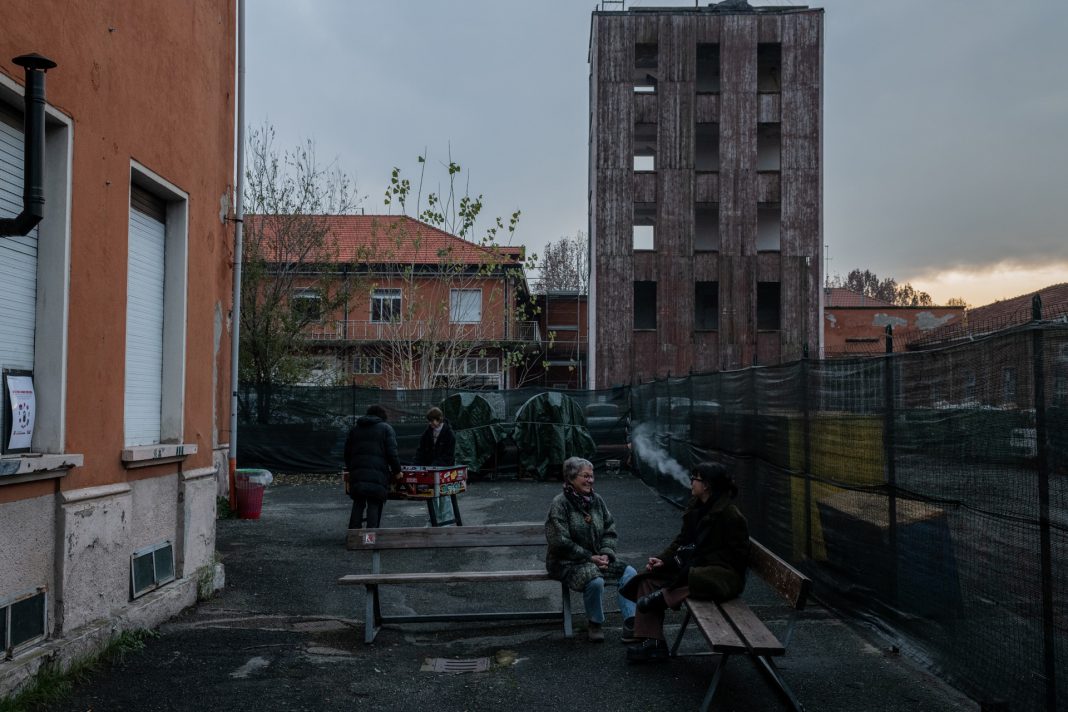
|
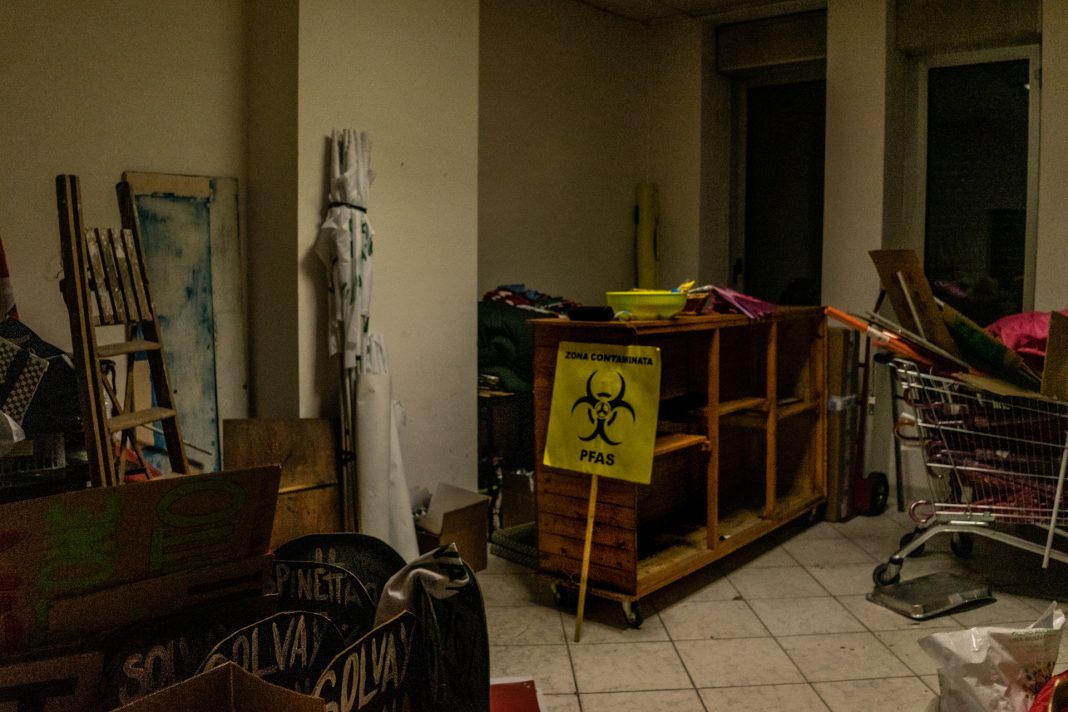
|

|
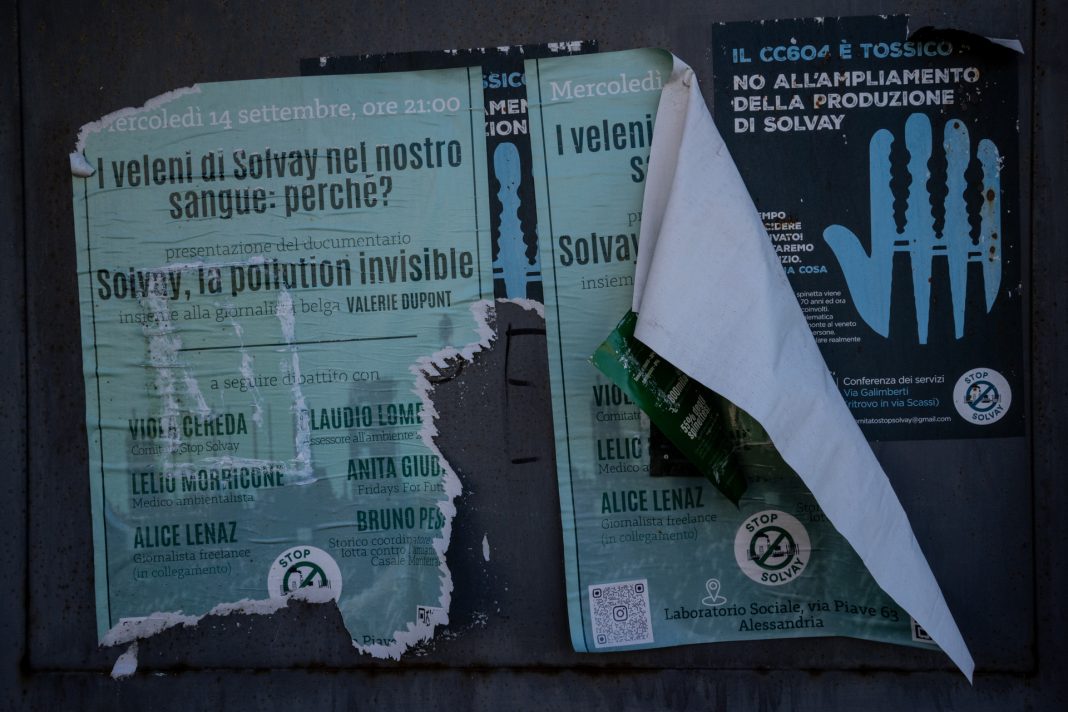
|
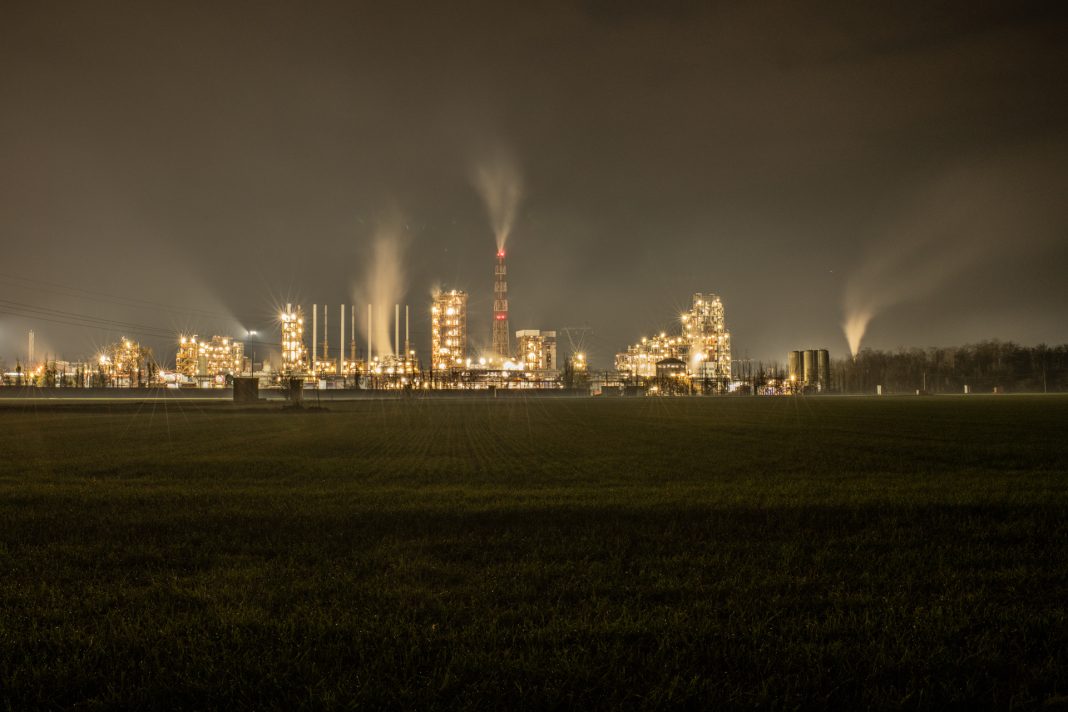
|

|
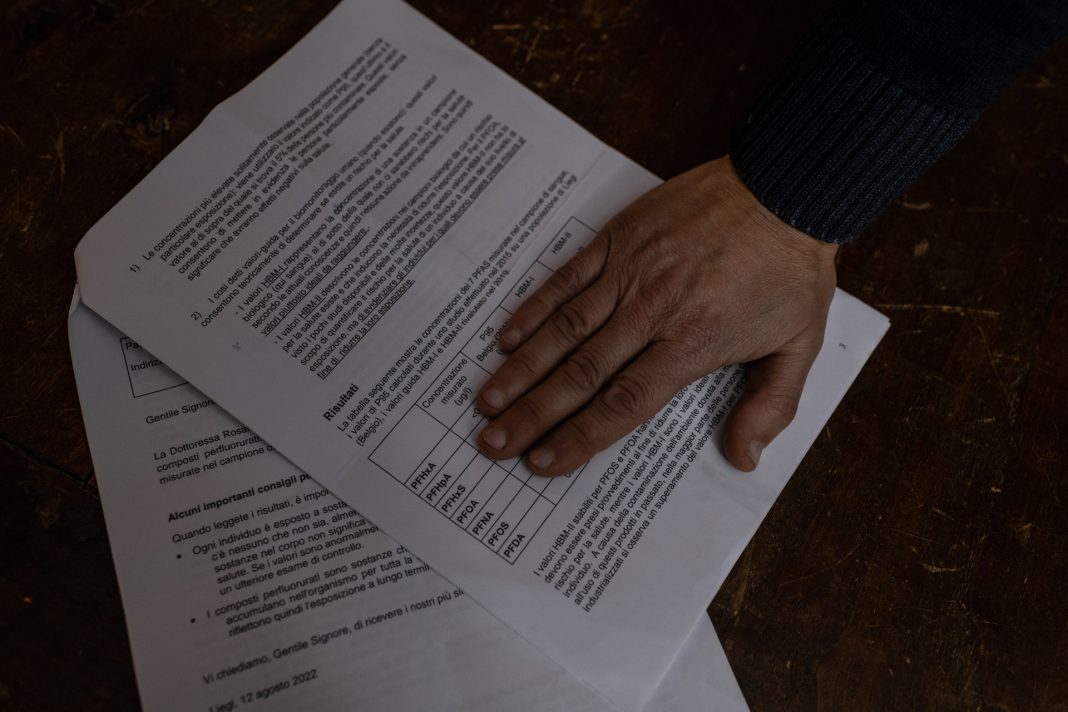
|

|
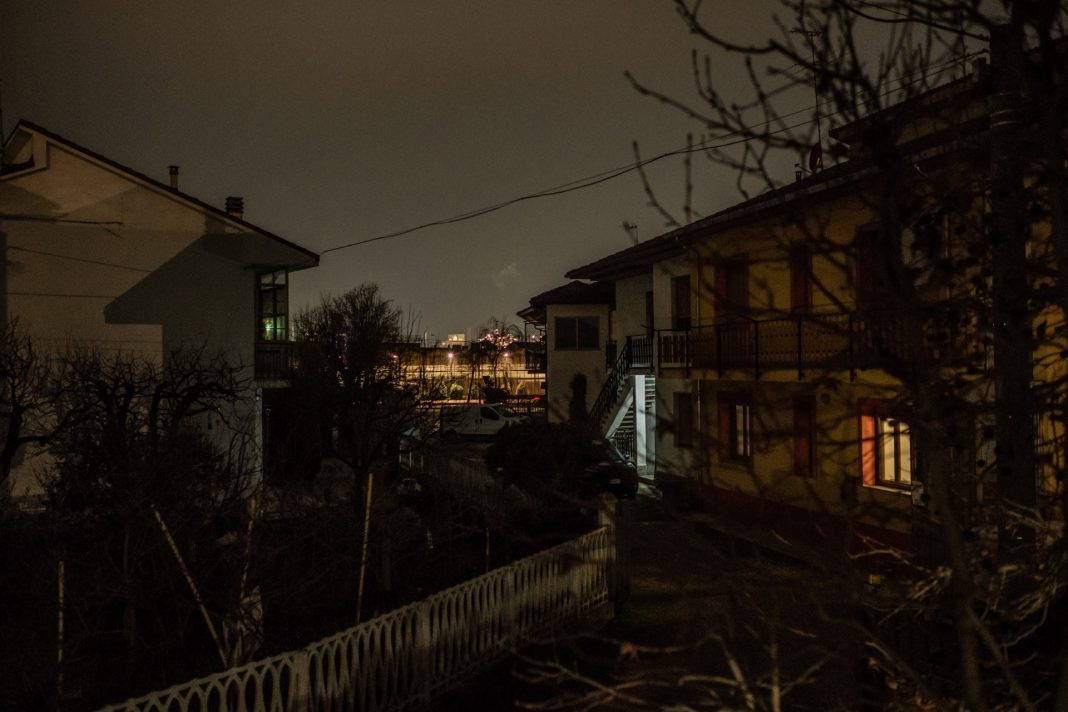
|
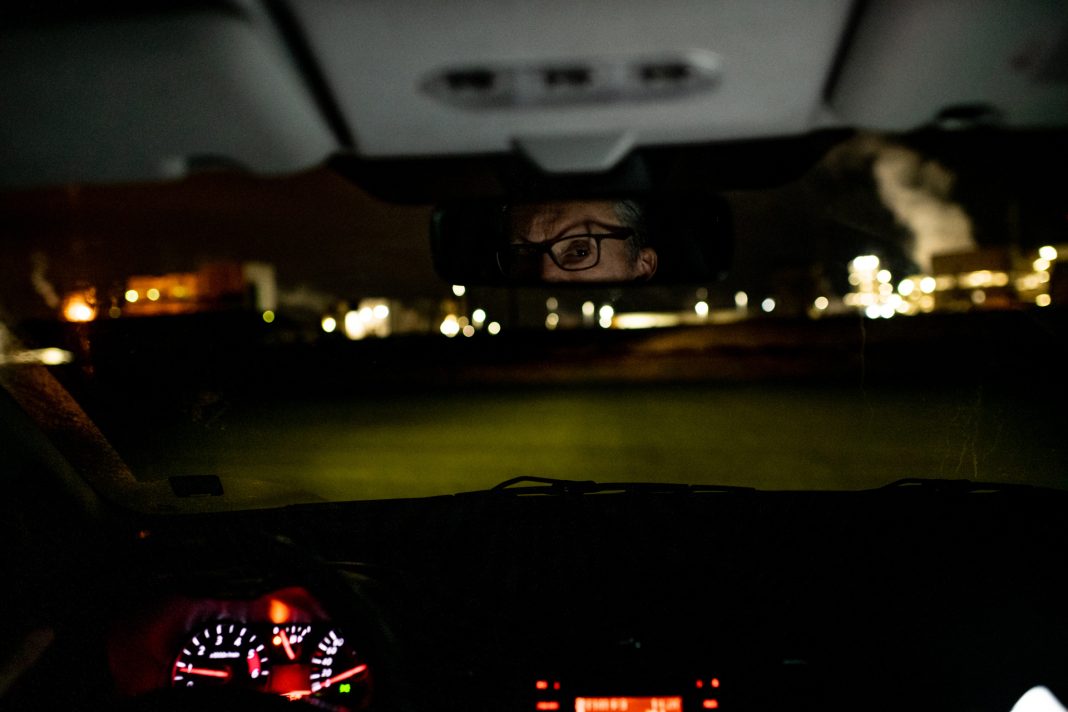
|

|
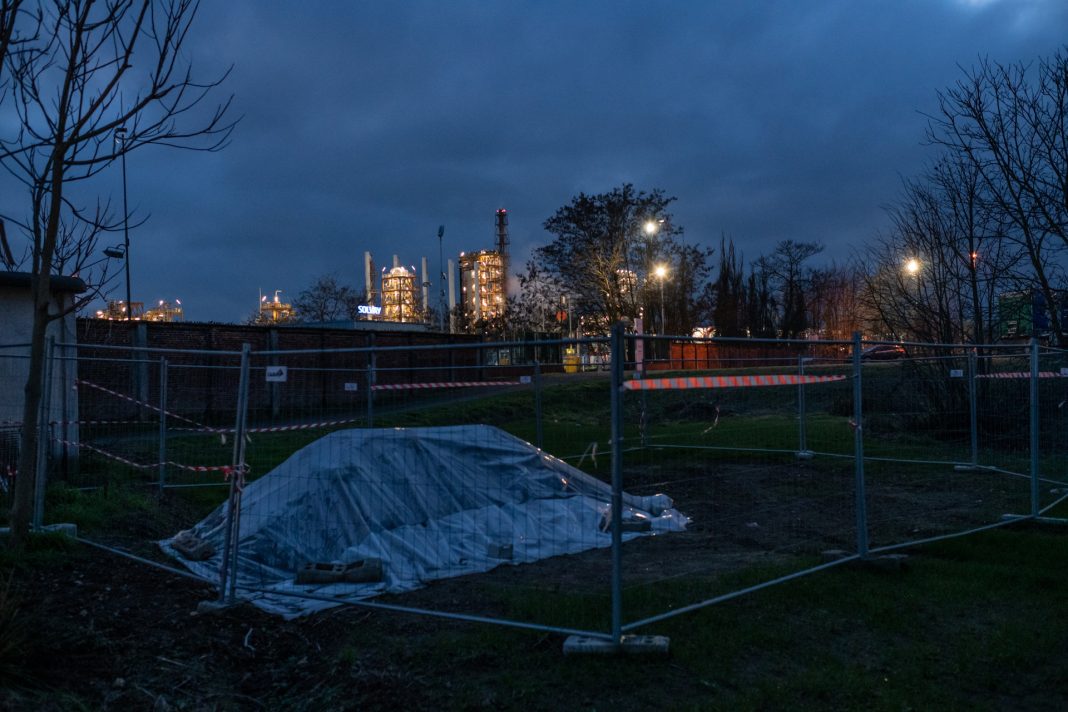
|
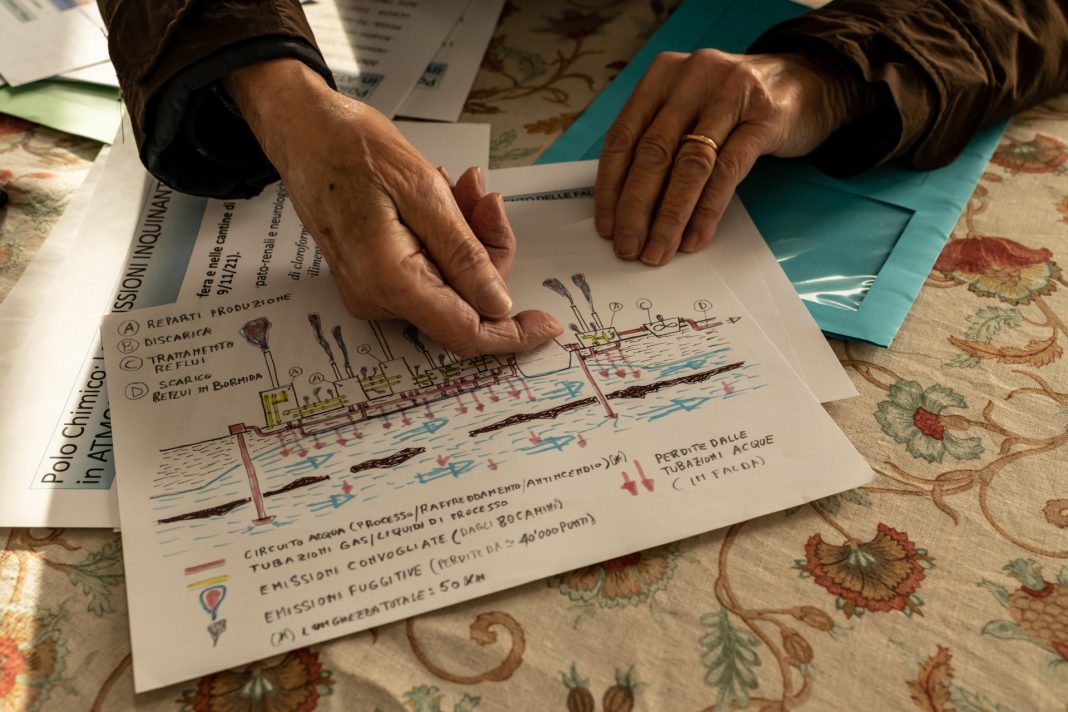
|

|

|
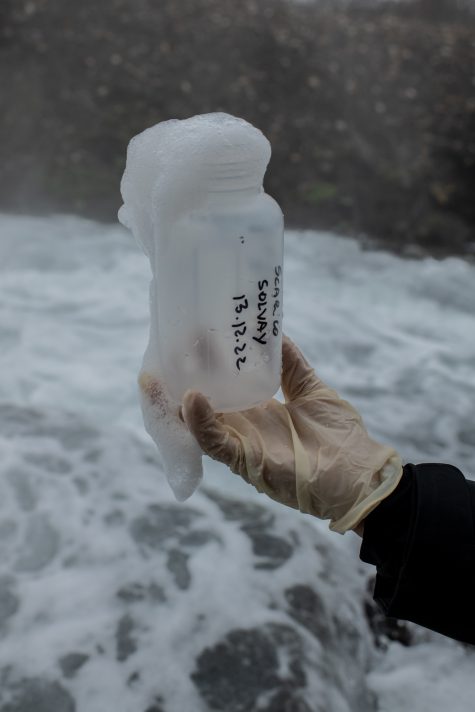
|
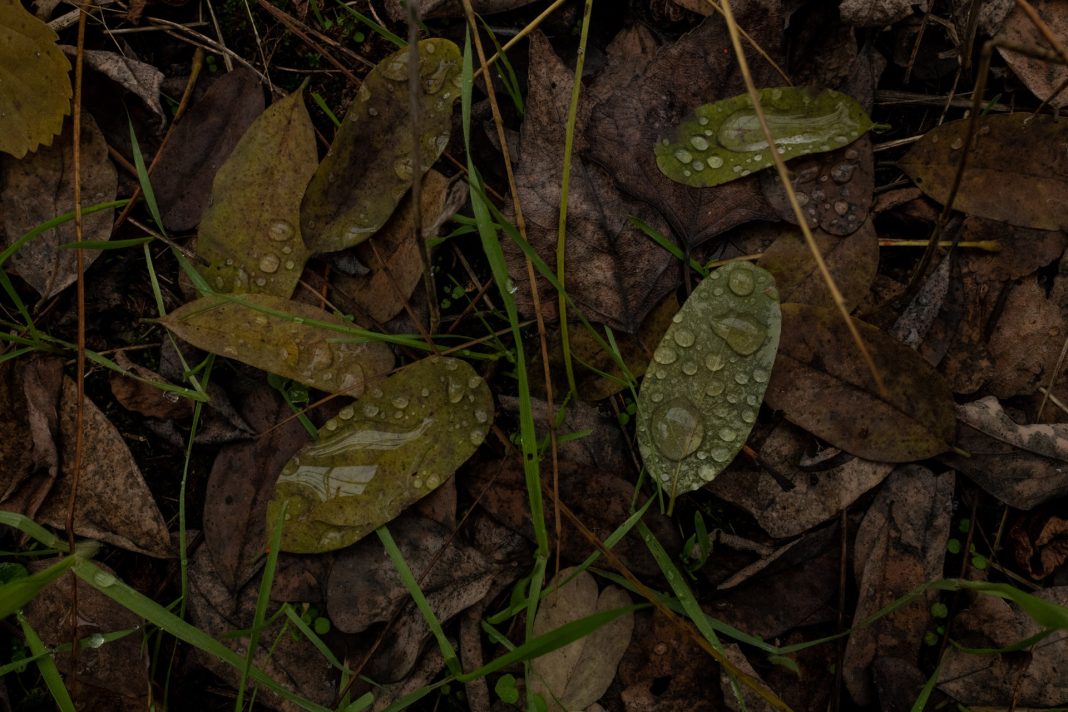
|

|

|
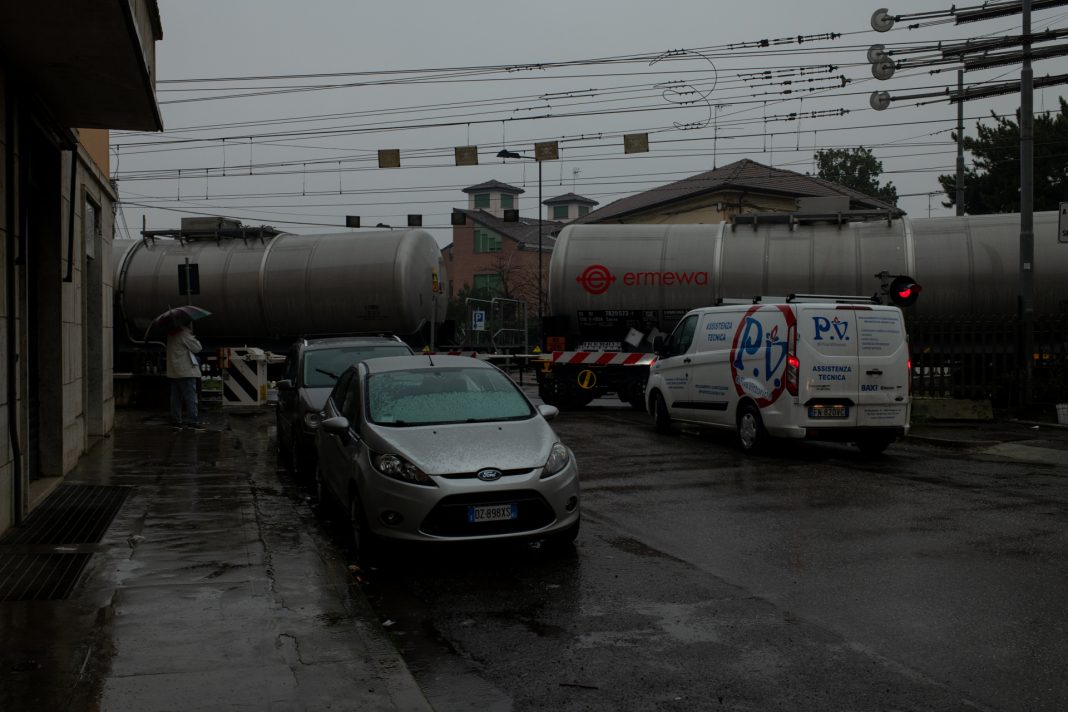
|
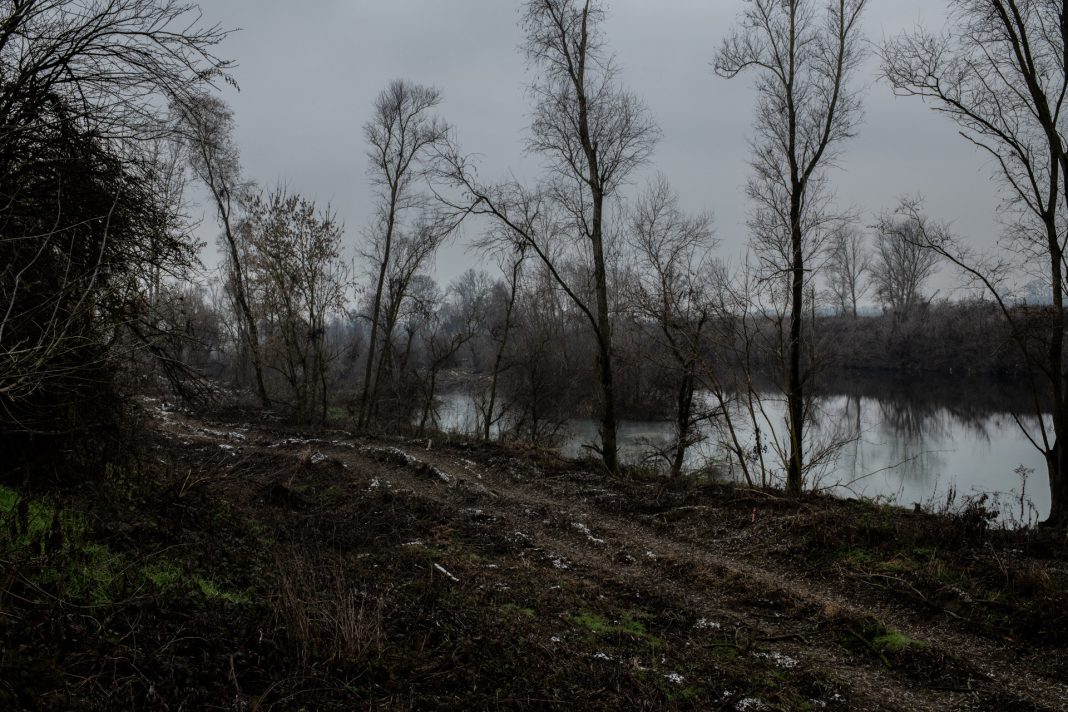
|
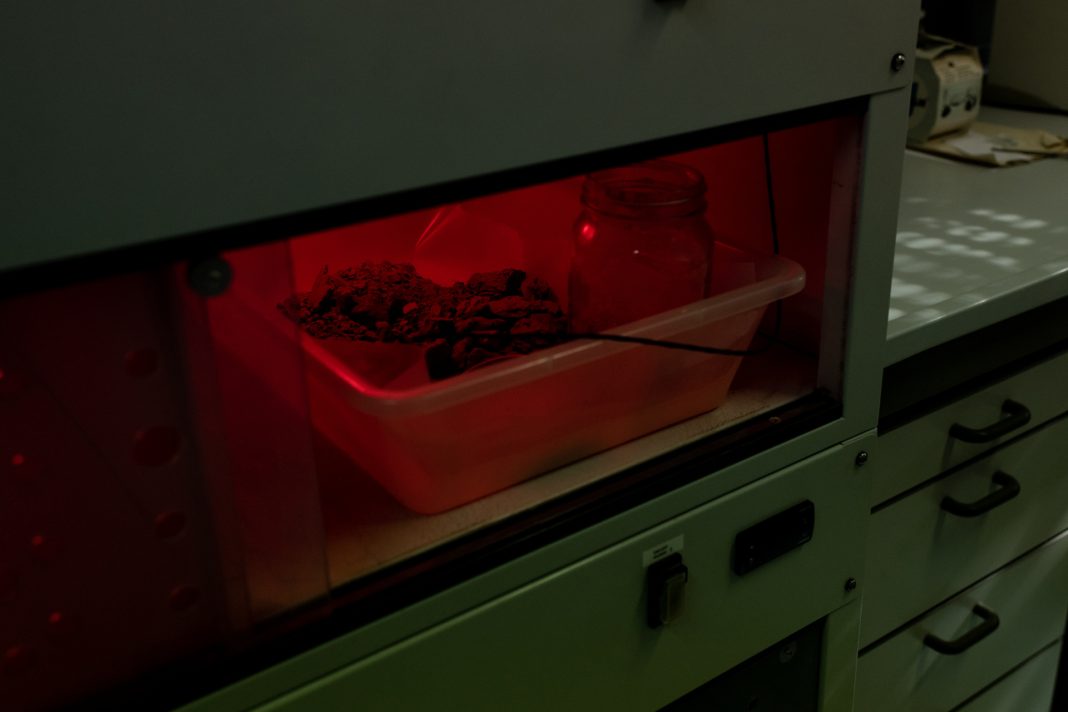
|
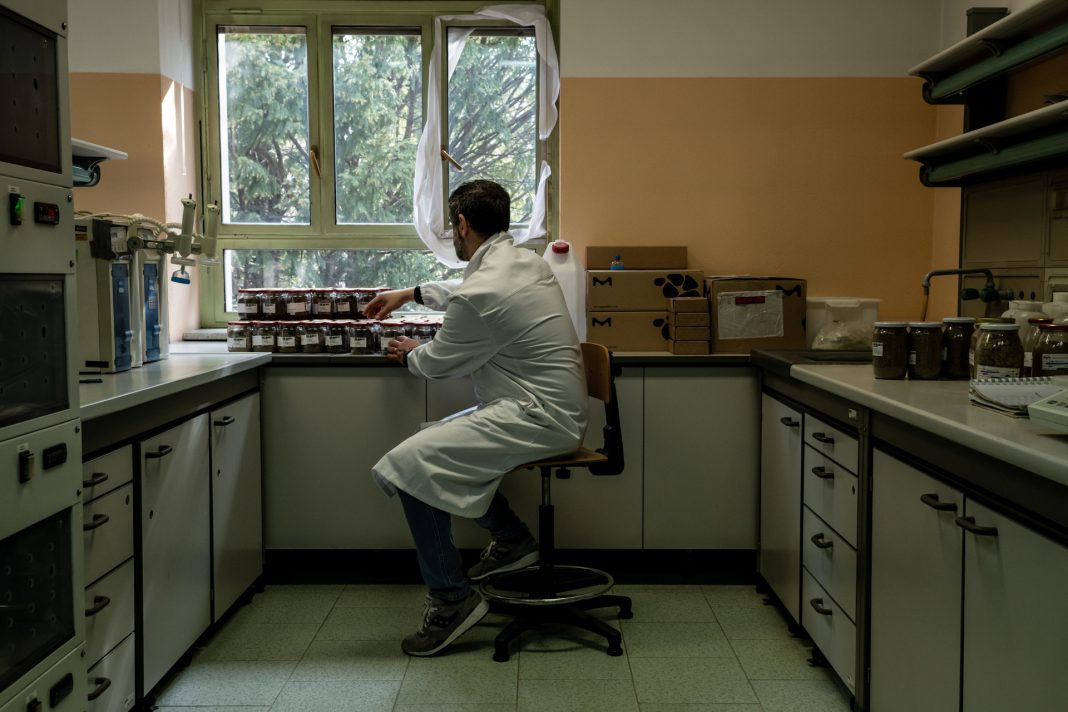
|
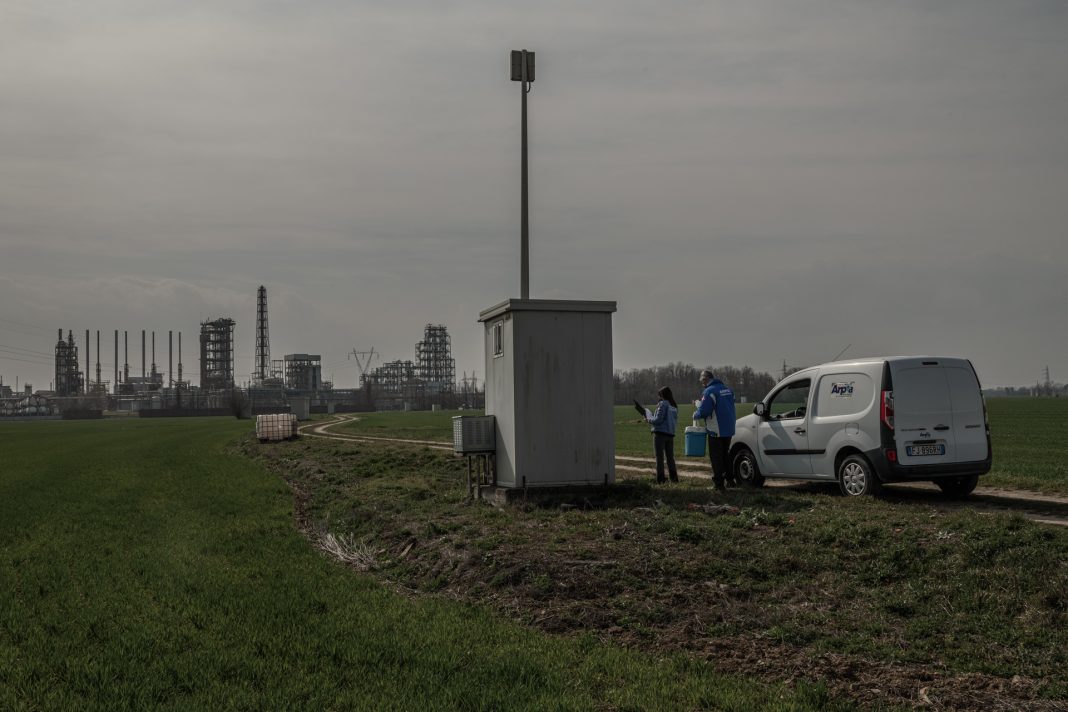
|
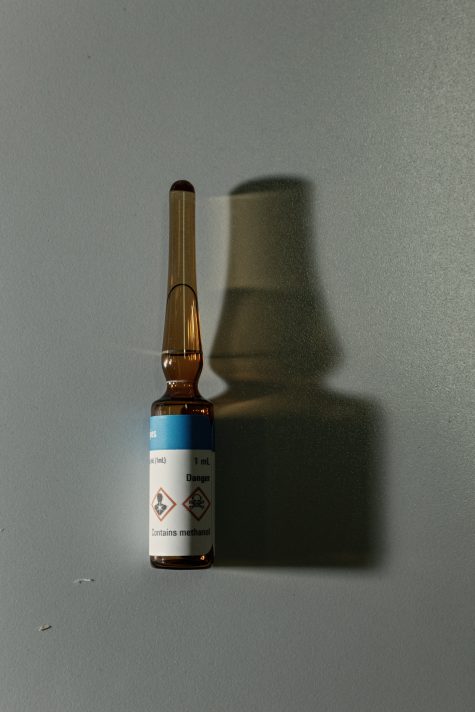
|

|
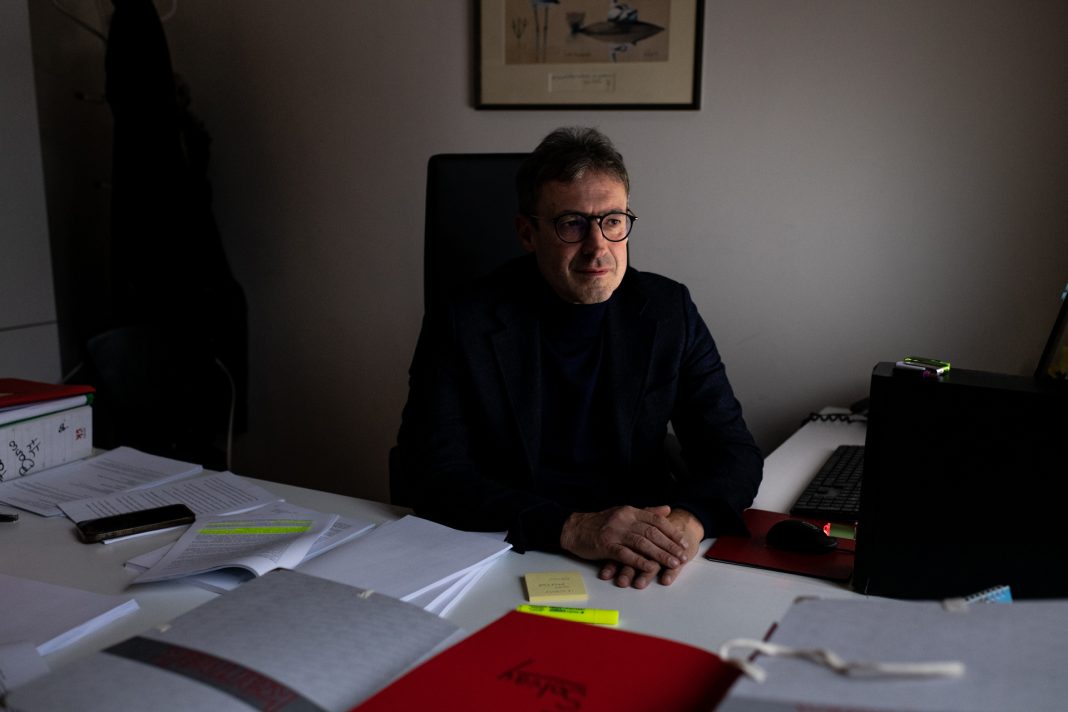
|

|
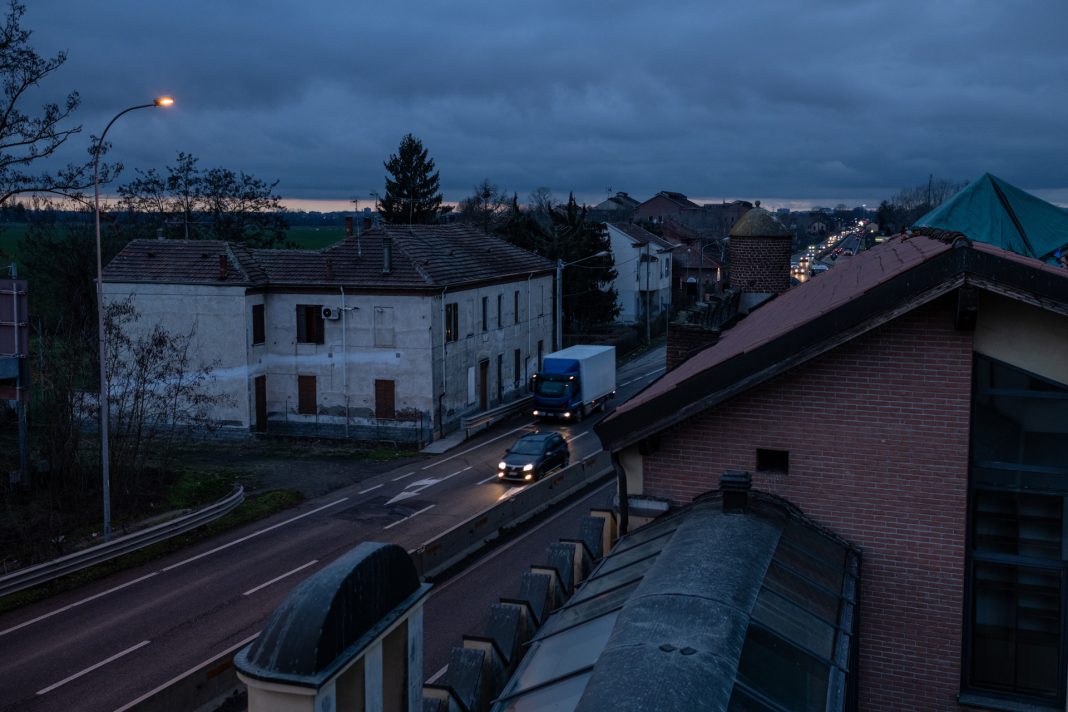
|

|

|
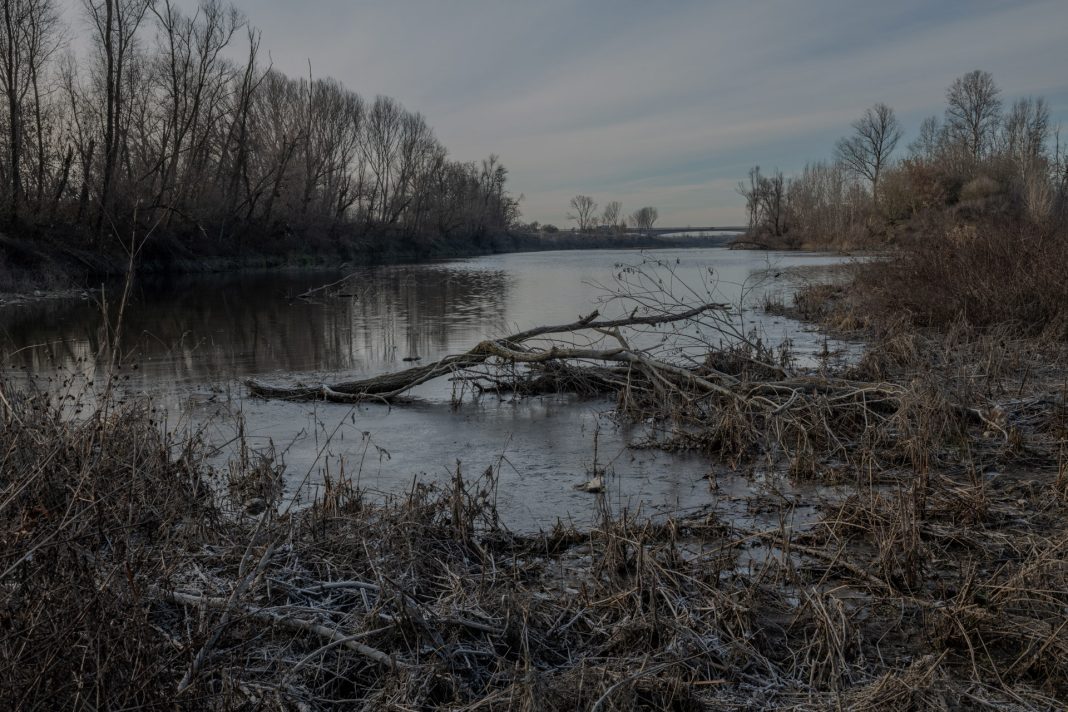
|